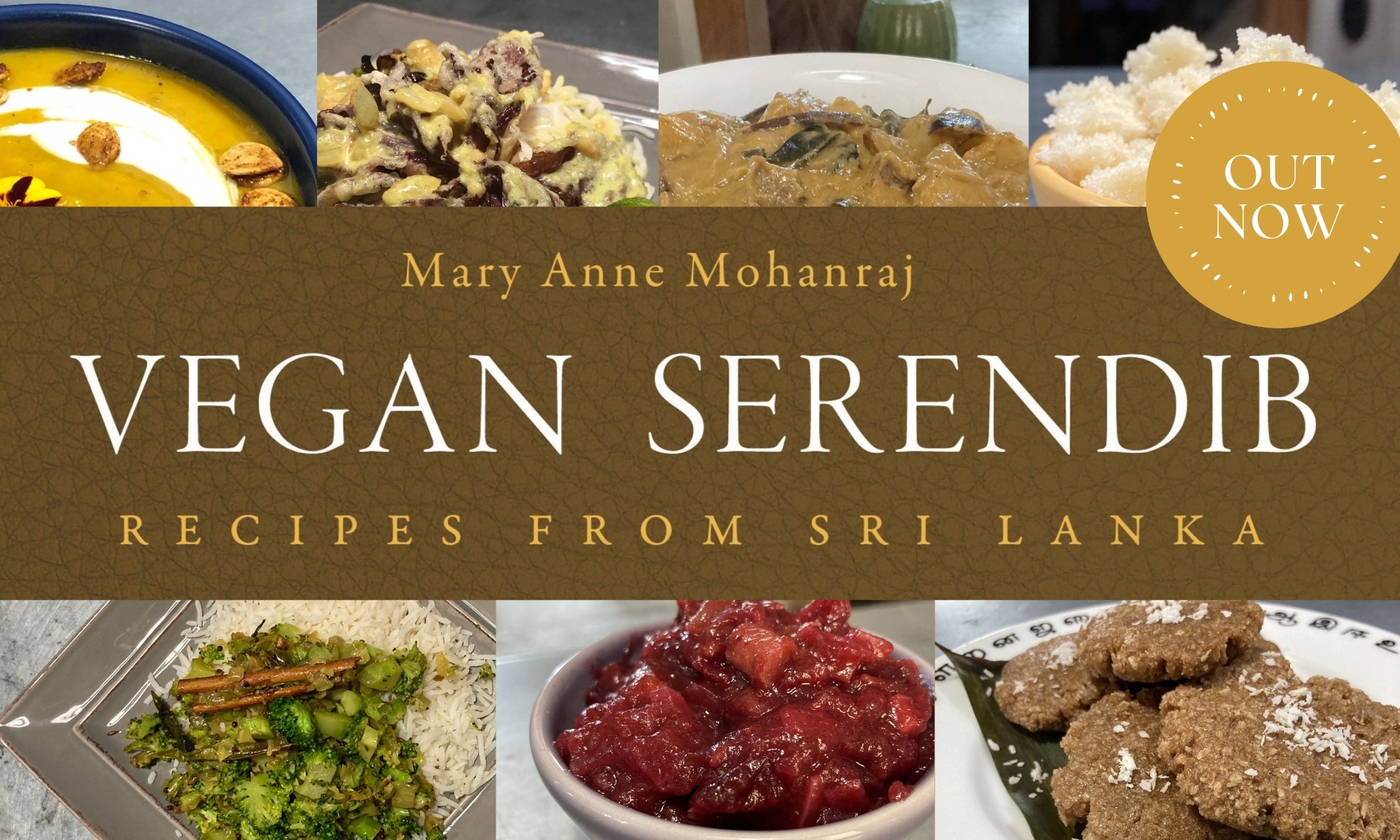I wanted to see just how floral & delicate I could go with a cocktail, while still retaining some interesting complexity.
This one is for those up to a cocktail challenge. The first step is finding Indian gooseberries (Phyllanthus emblica) — an easy task in South Asia, where amla, as they’re known there, are widely available and tremendously important to Ayurvedic medicine. Amla has a massive amount of vitamin C: one 100g serving of amla berries (about a half cup) provides 300mg of vitamin C—more than twice the daily recommended value for adults.
If you do a little research in medical journals, you’ll see a host of other health benefits associated with it. I’m not a doctor and can’t speak to those, but amla’s tart / bitter flavor makes Indian gooseberry an interesting component in a cocktail or mocktail. In South Asia, amla is used widely in cooked dishes such as chutneys, pickles, etc.; people also drink the juice, often blended with a sweeter juice or with added honey. It’s a little intense straight up!
Amla shouldn’t be confused with European (Ribes uva-crispa) OR American gooseberry (Ribes hirtellum), which are different plants altogether. (There are lots of plants around the world that go by the name ‘gooseberry’.) Amla grows on trees, and is a fairly large fruit; European gooseberries, which are wildly popular in a host of desserts and other preparations, grow on bushes. There was even a ‘gooseberry craze’ in the early 1800s in Europe.
American gooseberries also grow on bushes, but they’re very hard to find, as they were federally banned in the U.S. in the early 1900s, due to their propensity for a fungal disease called white pine blister rust; white pines were valuable construction materials. The federal ban was lifted in 1966, but some states still ban them. You can occasionally find European gooseberries in America, though — usually relatively small green berries, with a sweet-tart flavor.
Now back to the Indian gooseberry — how do you find it? Well, what I really wanted to find was Ceylon gooseberry (Dovyalis hebecarpa), but so far, I’ve had no luck in Chicagoland. But I did find Indian gooseberries frozen in the local South Asian grocery store, and that’s where I’d recommend you start your search. You can also buy them dried online, and then reconstitute them; you can even purchase Indian gooseberry powder. I haven’t tried either of those, though!
*****
High Summer Cocktail
2 oz. vodka, chilled
1/2 oz. St. Germain elderflower liqueur, chilled
1/2 oz. elderflower & rose syrup
3 Indian gooseberries (for 1/2 oz. juice)
ice cube and rose for garnish
1. Make juice: Remove flesh from gooseberries, discarding inner seed (similar to an apricot pit). Chop coarsely, then blend with 1 c. water. Strain and discard pulp, saving the juice.
2. Combine vodka, St. Germain, elderflower & rose syrup, and 1/2 oz. of gooseberry juice. Serve with an ice cube and rose petals (or a mini fairy rose, in this case) for garnish.
*****
High Summer Mocktail
4 oz. elderflower lemonade soda
2 oz. gooseberry juice (see previous)
1 oz. elderflower & rose syrup
ice cube and rose for garnish
Make juice, then combine ingredients in a cocktail glass. Serve with an ice cube and rose petals (or a mini fairy rose, in this case) for garnish.





